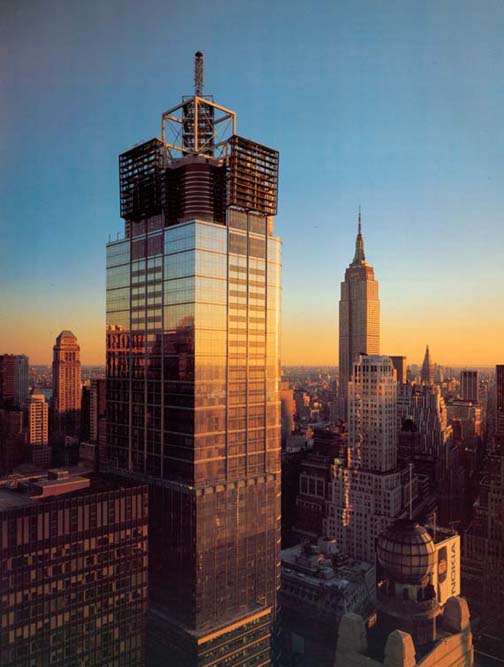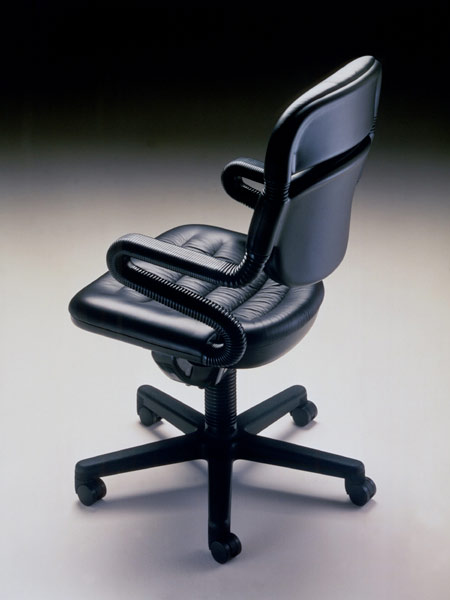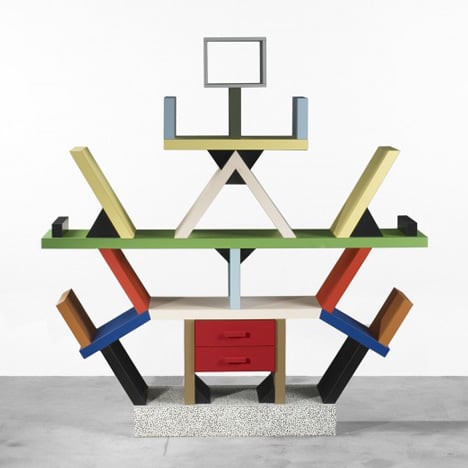It is interesting to see how good design, especially that which focuses on aesthetics, can revitalize a somewhat dead product on the market. I came across a case study while reading of the books which I read as part of the literature review. It revolves around the re-branding of the product CleaWhite - a skin-whitening treatment provided by AVON China.
The Asian beauty culture, especially that involving China and Japan, gives importance to the skin. From a very young age, women are obsessed with having a radiant glow to their skin, and rather than focusing on making up the eyes or the lips, their main focus is the skin. But why create a whitening products for the skin? The answer is simple. When I was young, I was obsessed with a Disney film called 'Mulan'; there was a particular scene in the film where the young girl was being set up for marriage. As part of their culture, it was traditional for the young girls' faces to be painted porcelain white before being presented to the matchmaker. The need for a whitening product for the skin goes back to tradition, not for the purposes of being set up for marriage, but rather the meaning behind it: radiance and vitality - qualities which were synonymous with brides, and which Asian women nowadays are obsessed with.
AVON China had an existing brand which was dated, and unfortunately not being noticed in the Asian beauty industry. As the whitening products market was expanding, a couple of years before 2010 AVON China decided to re-brand the product to reflect and appeal to women who gave importance to three factors: spontaneity, vitality and sophistication
CleaWhite was redesigned and re-branded as a product which offers beautiful skin 'that glows with translucency'. The design company Desgrippes Gobe enhanced the shape of the bottle, and chose to encase the product in a pearlized bottle material, which represents outer light, and the readiance users fell after using CleaWhite. Rather than opting for a harsh rectangular exterior for the bottle, the designers went for a shape consisting of a rectangular pattern with a rounded edge thus giving the product a modern feel. The brand identity was designed so as to highlight the radiance and shine that the brand promises.













